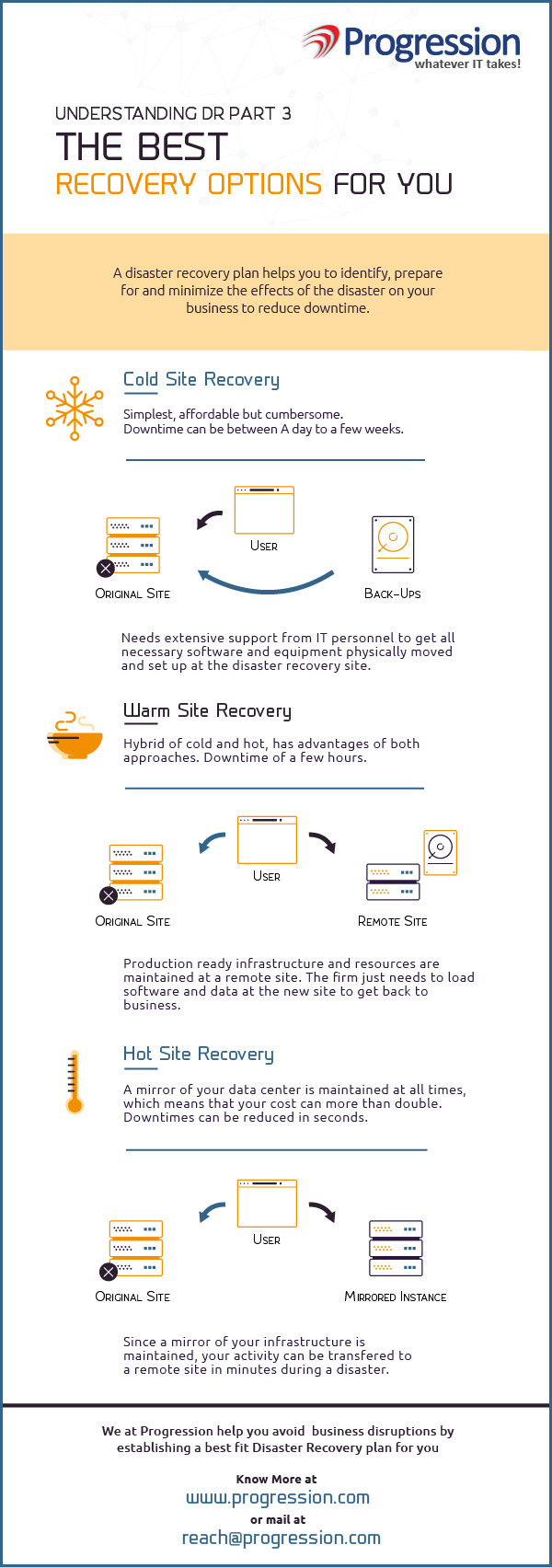In this series, we have looked at the why and how of disaster recovery. In the third blog of the series ‘Understanding Disaster Recovery’, we will take a look at how a Disaster Recovery Plan can help your business even in its day to day functioning.
As stated in the second blog, ‘Creating A Disaster Recovery Plan for Your Business’, Business Impact Analysis (BIA) helps you to identify, prepare for and minimize the effects of disaster on your business. Business Impact Analysis enables you to distinguish critical and non-critical applications and operations needed for the complete running of your business The results can be used to implement ways in which the critical business processes and applications can be improved.

The Disaster Recovery Plan (DRP) includes the list of risks or disasters that can disrupt the functioning of your business. These include natural calamities, equipment failures, human errors and other factors. The DRP aids your business before Disaster Recovery as well as after Disaster Recovery. This list can be further categorized into their likelihood of occurrence or what application or operation will be affected the most. It will help your business understand what operations and applications may be in danger from a certain disaster. For example, if your business has all its servers (Production as well as the DR setup) in an earthquake prone area, migrating the DR servers to another geographical zone would reduce the risks significantly. Your DRP should help you get back on track when a disaster strikes; and also hold your business manuals and data when Disaster Recovery is complete. These can include employee data, business manuals and customer data. Since your DRP will hold this at all times, this can act as a continual source of data for your business. Progression understands your business needs and creates Disaster Recovery Plan which are tailor-made to fit your business requirements. This plan will provide your business with three-fold assistance. Primarily, it will help you analyse your business and decipher your most important applications and processes. Secondly, in the event of a disaster, this DRP will help your business recover with minimum downtime and continue serving your customers. Thirdly, when the disaster recovery process is complete, the DRP comes in handy in upgrading existing business processes. The DRP also helps in product design and planning new business activities to ensure they are disaster proof. In our next blog, we would explore the various DR options that you should consider given the nature and the criticality of the data and operations. DRaaS is just one of many Business Continuity and Managed Services that we provide at Progression. To find out more about how we can help protect your business, please leave us your contact details here or call us at +91-124-6670100.


